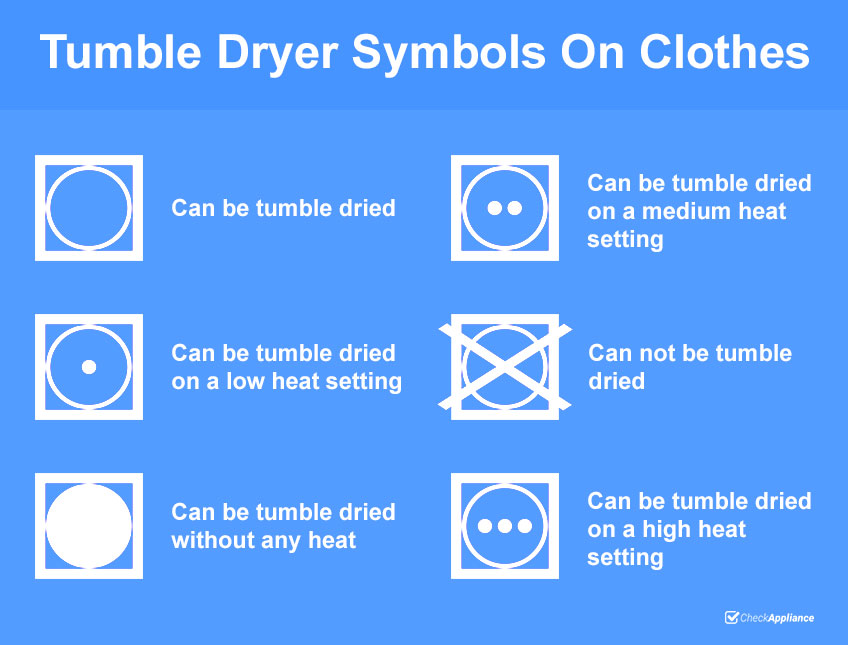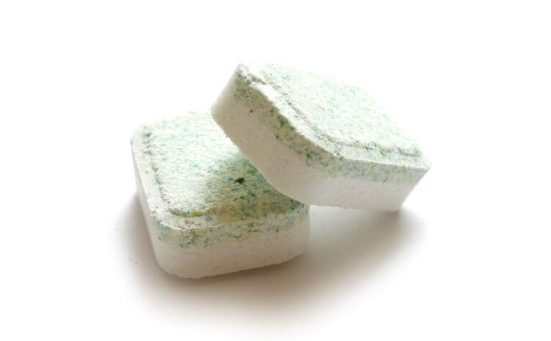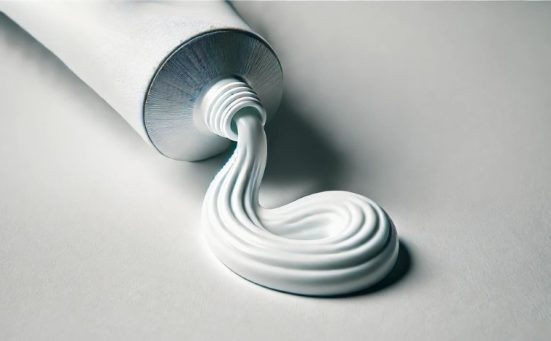
Can You Tumble Dry A Sleeping Bag? (check this first)
The short answer is, yes, you can tumble dry a sleeping bag as long as you only use a delicate/low heat setting.
You should always check the care label before you tumble dry your sleeping bag but if you can’t find a care label, the majority of manufacturers agree that drying on low heat is safe for sleeping bags.
The same goes for washing a sleeping bag, it should be hand washed or washed on a cool wash using a non-biological detergent or a specific technical cleaner.
The spin speed should be no greater than 800 revolutions per minute to prevent any damage to your washing machine.
It is best practice to rinse the sleeping bag twice to ensure all of the detergent has been removed.
How To Clean & Tumble Both Types Of Sleeping Bag
There are two types of sleeping bags which are;
- Down Sleeping Bags
- Synthetic Sleeping Bags
We recommend using a commercial size washing machine and tumble dryer as these will allow your sleeping bag the space it needs. Many home machines are simply too small to correctly wash and dry sleeping bags, especially down sleeping bags.
You might be considering soaking your sleeping bag in a bath and this is a great way to gently hand wash your sleeping bag.
However, once it’s washed it will need to be dried and while you can air dry sleeping bags, they can take a long time to dry. Especially down sleeping bags which could rot if not fully dry.
They can both be washed in a similar way and they can both be dried in a tumble dryer (consult the care label for more information). However, there are a few differences when it comes to drying them.
How To Wash & Dry Down Sleeping Bags
After washing on a delicate/cool wash with non-biological detergent and rinsing on a short rinse cycle. The sleeping bag should be removed from the washing machine.
Take care as a down sleeping bag filled with water can be pretty heavy. Any rough handling could damage the inner compartments. We have found that cradling the sleeping bag with a towel will help to support it while removing it from the machine.
You should then remove excess water by gently squeezing the bag, DO NOT WRING.
Then place the sleeping bag in the tumble dryer and dry on a delicate/synthetic/cool setting. Adding a few tennis balls or dryer balls will help to prevent the feathers from clumping together.
Every 30 minutes you’ll need to remove the sleeping bag from the dryer and gently remove any clumps by massaging them.
The drying time can take anywhere between 4-8 hours depending on the size. And you should only remove the sleeping bag from the dryer once it is completely dry.
You’ll know when it’s dry because it will puff up again to its original size.
If you notice any of the feathers poking through the shell or liner of the sleeping bag, they can be gently pushed back inside without causing any damage to your bag. The small holes should just close themselves up once the quill has been pushed back into the bag.
How To Wash & Dry Synthetic Sleeping Bags
Synthetic sleeping bags should be washed in the same way as down sleeping bags. Again we urge you to check the care label for more instructions.
After a short spin cycle to remove excess water, the synthetic sleeping bag should be placed in the tumble dryer. The dryer should be set on a delicate/synthetic/cool cycle.
Even on a cool setting, it’s possible that the sleeping bag can become hot due to friction. As synthetic materials can damage easily if they become too hot, the synthetic sleeping bag should be removed every 10-15 minutes to ensure it’s not getting too hot.
Synthetic sleeping bags take around 60 to 120 minutes to dry in a tumble dryer on a low heat setting.
What The Tumble Dryer Symbols Mean On A Sleeping Bag

There will probably only be three of the tumble dryer symbols that you’ll even find on a sleeping bag. But for your information we’ll include all of the symbols relating to tumble dryers. These are;
- Square With White Circle – This symbol means that the item can be tumble dried.
- Square With White Circle, One Black Dot In Circle – This symbol indicates that the item can be tumbled dried on the low heat setting. This is most probably the one you’ll find on your sleeping bag.
- Square With White Circle, Two Black Dots In Circle – This symbol indicates that the item can be dried in the tumble dryer on a medium heat setting.
- Square With White Circle, Three Black Dots In Circle – This symbol indicates that the item can be tumble dried on a high heat setting.
- Square With Black Circle – This symbol indicates the garment can be dried in a tumble dryer but with no heat at all. You might find this symbol on your sleeping bag.
- Square With White Circle And A Black X On Top – This symbol means DO NOT TUMBLE DRY and it is possible that this symbol could be on your sleeping bag.
SEE ALSO: When Is It Cheaper To Do Laundry In The UK?
How To Dry A Sleeping Bag Without A Tumble Dryer
Sleeping bags are large items and some will be too big for the average tumble dryer. There are a few alternate ways to dry sleeping bags without having to take your wet sleeping bag to a laundrette. You could;
Decrease The Drying Time Indoors Using A Dehumidifier
Placing a dehumidifier in the same room as your drying sleeping bag can significantly reduce the drying time.
This is because the dehumidifier helps remove moisture from the air which allows the sleeping bag to release moisture quicker.
SEE ALSO: The Best Dehumidifiers For Drying Sleeping Bags
Line Dry Your Sleeping Bag
Once the sleeping bag has been gently spun (no greater than 800 RPM spin speed), it can be draped over a rotary washing line or pegged to a washing line.
Be sure to support the sleeping bag sufficiently along the length of the clothesline. This is especially important if it is a down sleeping bag and it will need gentle massaging to remove any clumping feathers every 30 minutes or so.
Drying times on a clothesline are weather dependent but can be; 60 to 120 minutes for a synthetic sleeping bag and 24 to 48 hours for a down sleeping bag.
Drying Your Sleeping Bag On An Airer
Airers or clothes horses as they’re also known, are plastic coated metal racks which can be used to dry washing indoors and out.
All you need to do is drape the sleeping bag over the airer and allow it to dry naturally or in front of a warm (not hot) radiator.
If you have a heated airer, don’t be tempted to apply heat as this could damage your sleeping bag.
Using A Retractable Clothesline
If you don’t have access to a garden and only have a small home, you can still dry clothes on a washing line if you have a retractable clothesline.
These are a great idea as they can be pulled out when in use and retracted into the wall mounted box when not in use. Freeing up the whole room space once again until the next time the line is needed.
SEE ALSO: Our Recommended Retractable Clotheslines
Using An Electric Fan To Help Speed Up Drying Times
Placing an electric fan in front of the sleeping bag can simulate a gentle breeze. This works well in conjunction with an open window which allows the moisture to escape from the room.
Drying Your Sleeping Bag In An Airing Cupboard
If you have an airing cupboard, it is the perfect place to dry a sleeping bag.
Whichever type of sleeping bag you own, an airing cupboard is the perfect drying space.
Airing cupboards get warm without ever getting too hot so all you need to do is place your damp sleeping bag in the airing cupboard and allow it to dry naturally.
If you are drying a down sleeping bag remember to remove it from the cupboard every hour to massage any clumps of feathers.
Why You Should Always Read The Wash Care Label On A Sleeping Bag

The wash care label will give you all of the information you need to safely wash and dry your sleeping bag. If you neglect to read and act according to those care instructions, you run the risk of;
Melting The Sleeping Bag
This is especially true with synthetic sleeping bags which are usually made from a man made fabric which can melt if subjected to high temperatures.
Down sleeping bags have sealed pockets or compartments where the down is, the seams can melt if subjected to high temperatures.
Fading Colours
Anything with a bright pattern can be susceptible to colour fade. This is more likely during the washing process but is still a factor.
Damaging The Sleeping Bag Material
The material on both down and synthetic sleeping bags can become damaged if they’re not washed and dried correctly. Too much heat can cause shrinkage which could make the sleeping bag uncomfortable to use.
If the temperature is too hot, the fabric and even the synthetic fill can melt.
Frequently Asked Questions
You should always follow the advice on the care label but generally it is safe to dry a sleeping bag in a tumble dryer as long as you use the low heat setting.
You can dry your sleeping bag without a tumble dryer by draping it over a washing line, using an airer, using a retractable washing line, or placing it in an airing cupboard.
A synthetic sleeping bag should take anywhere between 60-120 minutes to dry in a tumble dryer at low heat. Down sleeping bags can take upwards of 4-8 hours to dry in the tumble dryer on a low heat setting.
Sleeping bags should never be dry cleaned because the solvents used could damage the sleeping bag. You should always wash your sleeping bag at low temperatures and use a non-biological detergent.
The best way to dry a sleeping bag in Winter is in a tumble dryer set on a delicate/low heat setting.




